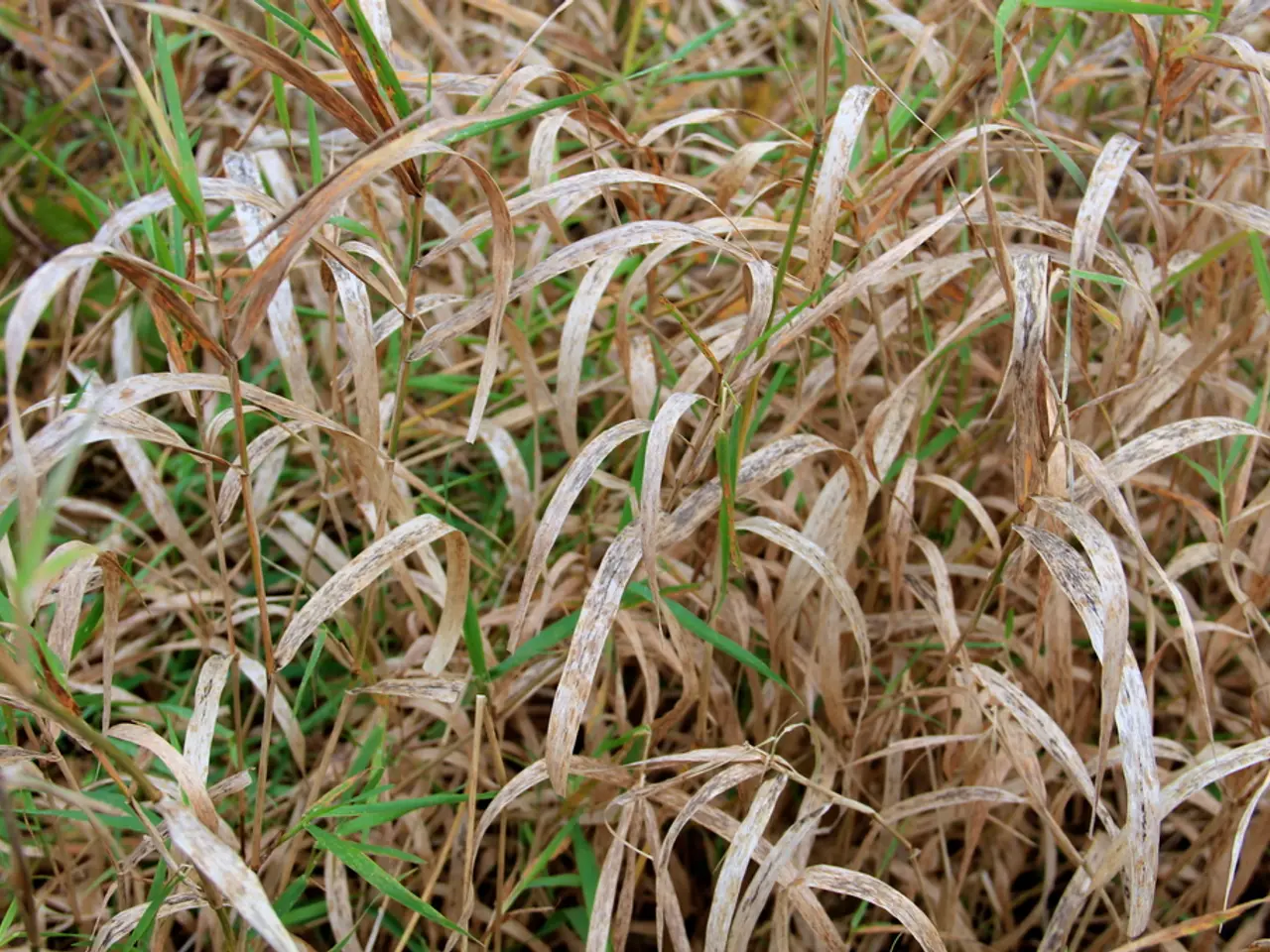Outdoor Plant Propagation Projects: Inspiring Ideas to Create a Magical Garden Scene
In the heart of your garden, a new adventure awaits: creating a dedicated propagation area for woody plants. This space will serve as your personal tree nursery, expanding your property boundaries and providing natural privacy screens.
To begin, establish pathways through the propagation zone for easy access to watering, pruning, and monitoring your growing collection. Make it a point to organise neighbourhood plant exchanges, creating educational resources, and establishing guidelines for plant health and safety to launch a community plant swap propagation hub.
A key element in this endeavour is the water propagation garden feature. A large, shallow basin at waist height, either ceramic or stone, positioned for easy access and integrated into garden structures like retaining walls or raised beds, will provide the perfect environment for your plants. Install a small solar-powered fountain pump to keep water moving and oxygenated, creating optimal conditions for root development while preventing stagnation. Change water every 3-4 days to maintain oxygen levels and prevent bacterial growth that can harm developing roots.
Harvest 4-6 inch cuttings from healthy parent plants, removing lower leaves to prevent decay while keeping 2-3 sets of upper leaves. Focus on reliable water-rooting plants like willow branches, mint varieties, coleus, impatiens, forsythia, dogwood, hydrangea, and other woody plants during their active growing seasons. For quick rooting and immediate gratification, select fast-growing varieties of willow species, forsythia, and elderberry. Learn hardwood and softwood cutting techniques, taking hardwood cuttings from dormant branches during late winter and softwood cuttings using tender new growth in late spring.
To enhance the aesthetic appeal of your propagation area, add decorative elements like smooth river rocks around pump outlets to diffuse water flow and create an attractive bubbling effect. Share your successes with neighbours and fellow gardeners to build a community of plant enthusiasts who support each other's growing endeavours.
Lastly, plan for long-term growth space requirements, designing your propagation zone with eventual mature plant sizes in mind, allowing 10-15 feet between future tree locations. The search for local allies is important to initiate a local plant exchange propagation station because they provide community support, resources, knowledge, and help ensure the project's sustainability and success. Position solar panel(s) in full sun locations, connecting them to the pump with waterproof extension cables if needed for optimal placement.
Transforming your yard into a personal tree nursery is an exciting journey that not only adds beauty to your outdoor space but also fosters a sense of community and environmental consciousness. Happy propagating!
Read also:
- Peptide YY (PYY): Exploring its Role in Appetite Suppression, Intestinal Health, and Cognitive Links
- Toddler Health: Rotavirus Signs, Origins, and Potential Complications
- Digestive issues and heart discomfort: Root causes and associated health conditions
- House Infernos: Deadly Hazards Surpassing the Flames








